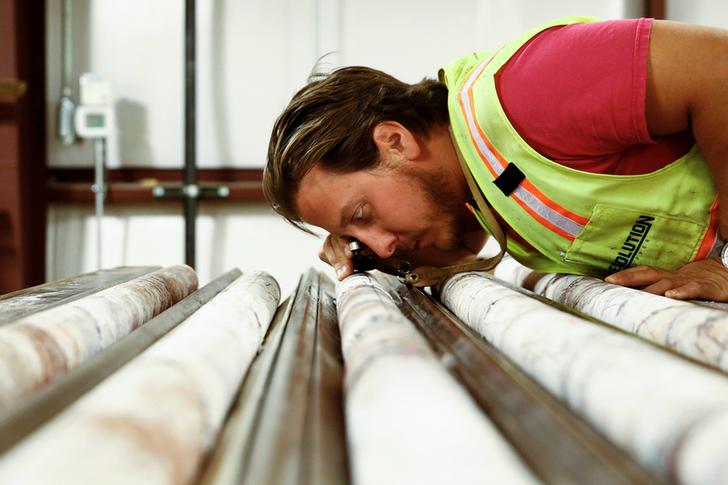Concussion is a concern for para athletes, too

LONDON – Para athletes often engage in sports where there is an increased risk of concussion, but there are no established standards for assessing, managing or preventing concussion in these athletes.
This situation needs to change, Dr. Nick Webborn and colleagues on the medical committee of the International Paralympic Committee write in an editorial in the British Journal of Sports Medicine.
“The profile of the issue of concussion in sport has received much media attention, but none of this has considered the issues surrounding the para athlete,” Webborn, from University of Brighton’s Center for Sport and Exercise Science and Medicine in the UK, told Reuters Health.
“We face many challenges in improving the care of the head-injured para athlete. By raising awareness, we can stimulate researchers to assist us with protecting the health of these athletes,” he said by email.
During the Rio Paralympic Games, there were 10 reported significant head and facial injuries, but concussion was not reported in any of them, despite "suspicious" video footage of the events, the medical committee writes.
And at the Sochi 2014 Paralympic Games, 37 percent of all sit-ski alpine athletes sustained injuries, nearly 5 percent of them to the head and neck.
In all sports, concussions often don't get reported or even recognized because of the lack of knowledge of their effect on the athlete and because athletes tend to mask symptoms to keep from being kept out of competitions, the authors note.
This summer, the medical committee will be meeting with international sports federations to highlight these issues, but outside experts need to get involved, too, to help figure out the challenges of assessing these athletes and to develop strategies to prevent concussions.
Para sports were developed to level the playing field for impaired athletes. Now's the time, the committee argues, to give concussion diagnosis, treatment and prevention equal time for these athletes.
“Education is the first point in protection, and we need to improve this for both para athletes and the medical staff who may treat them,” Webborn said. –Reuters







